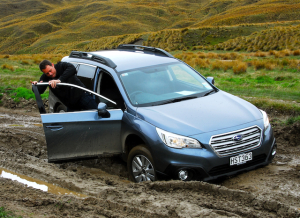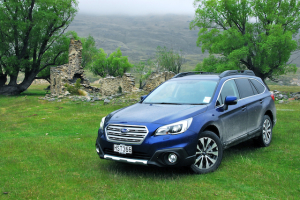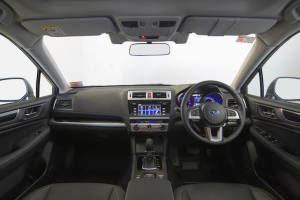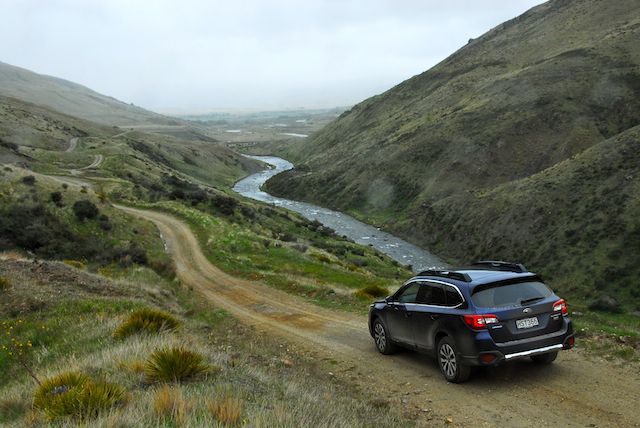
Subaru wanted to back up the words of its
New Zealand managing director Wallis Dumper, so it took to the country’s highest road to show off the versatility of the new Outback wagon. “There are not many places you can’t take a Subaru,” Dumper said, before letting nine Outbacks loose in the hands of motoring writers on the demanding Nevis Road, one of the scenic joys of Central Otago. 



